Imagine a world where changing your biological sex is as simple as flicking a switch. For some remarkable fish, this isn’t science fiction—it’s their daily reality. In the swirling blue depths where survival is a constant battle, a handful of fish species possess an astonishing superpower: the ability to transform from male to female or vice versa, all thanks to a genetic symphony orchestrating this transformation. This phenomenon is more than just an evolutionary curiosity; it’s a breathtaking testament to nature’s ingenuity and a window into the mind-bending complexity of life itself. Let’s dive into the shimmering waters of this extraordinary adaptation and discover what makes these fish true genetic marvels.
The Phenomenon of Sequential Hermaphroditism
Sequential hermaphroditism is the technical term for this biological magic trick. Unlike humans, whose sex is determined at birth and fixed for life, some fish can switch sexes as their environment or social structure demands. This transformation isn’t a simple matter of changing clothing or behavior. It involves a full-blown overhaul of the body’s reproductive organs, hormone profiles, and even secondary sex characteristics like coloration or size. Nature has devised two main types: protandry, where a fish starts life as a male and becomes female, and protogyny, where the journey goes the other way around. This adaptability gives these fish an incredible advantage in the wild, allowing them to maximize their reproductive success in ways most creatures can only dream of.
Meet the Masters: Clownfish and Wrasses
Perhaps the most famous sex-changing fish is the clownfish, immortalized by its starring role in animated movies. In clownfish societies, the largest individual in a group is always female, while all the others are males. If the dominant female dies, the largest male undergoes a dramatic transformation—his body rewires itself, turning him into a fertile female ready to take charge. Wrasses, vibrant reef fish, take the opposite route; most begin life as females and later become males when opportunity knocks. These transformations are not just remarkable for their biological complexity but for the speed at which they can occur—sometimes in just days or weeks, driven by the social dynamics of the group.
The Genetic Switchboard: How Sex Change Happens
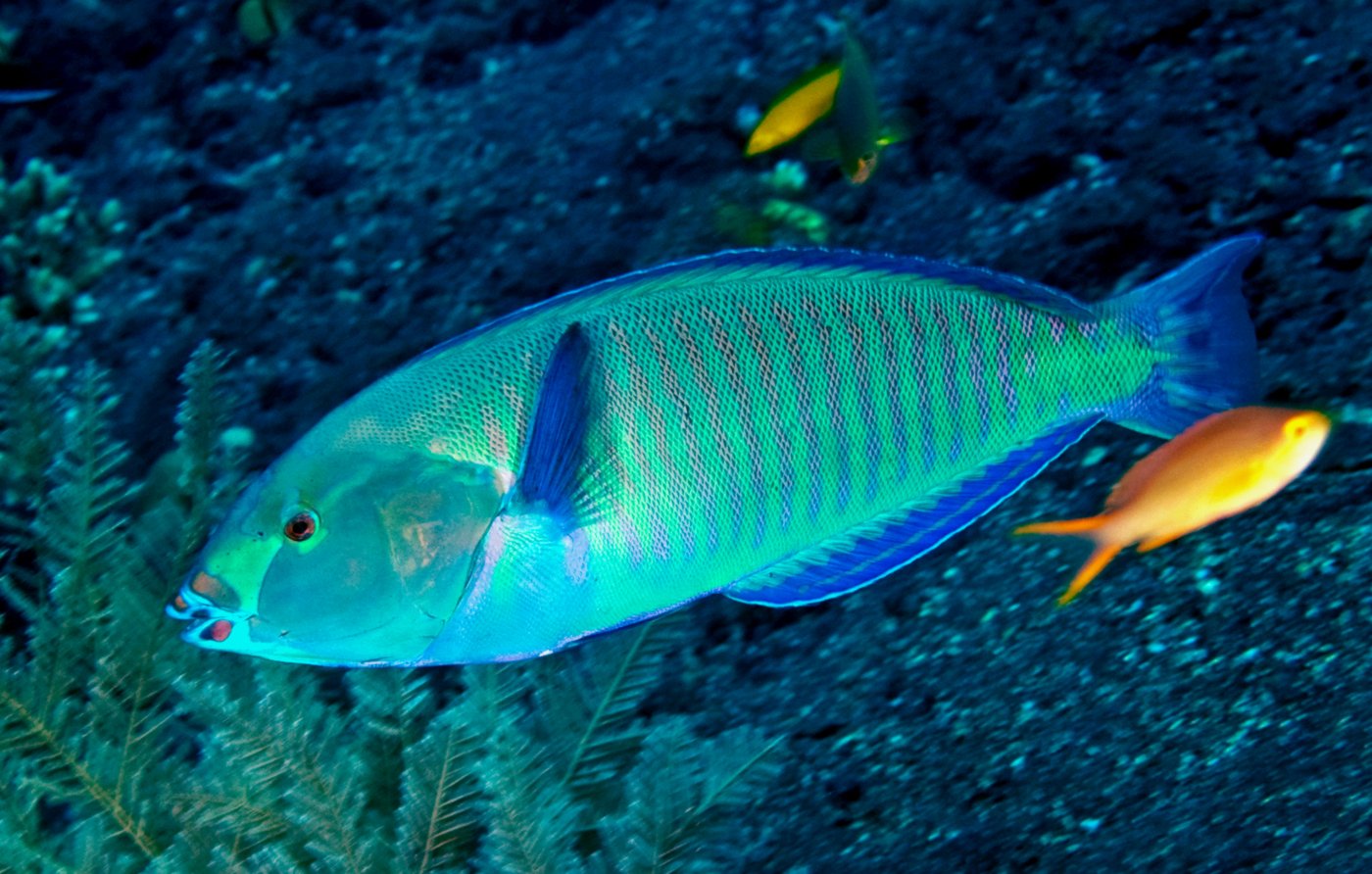
Beneath the scales and fins, a dizzying array of genes and hormones orchestrate the process. Scientists have discovered that environmental cues—such as the disappearance of a dominant mate—trigger a cascade of hormonal changes. Key genes responsible for producing estrogen and testosterone ramp up or down, sending signals that remodel the fish’s gonads from ovaries to testes or vice versa. It’s as if the fish’s genome contains a master switchboard, ready to rewire the body’s blueprint at a moment’s notice. Recent research using gene sequencing has uncovered astonishing insights into which genes play the starring roles, offering a glimpse of just how tightly nature controls this process.
Why Change Sex? The Evolutionary Logic
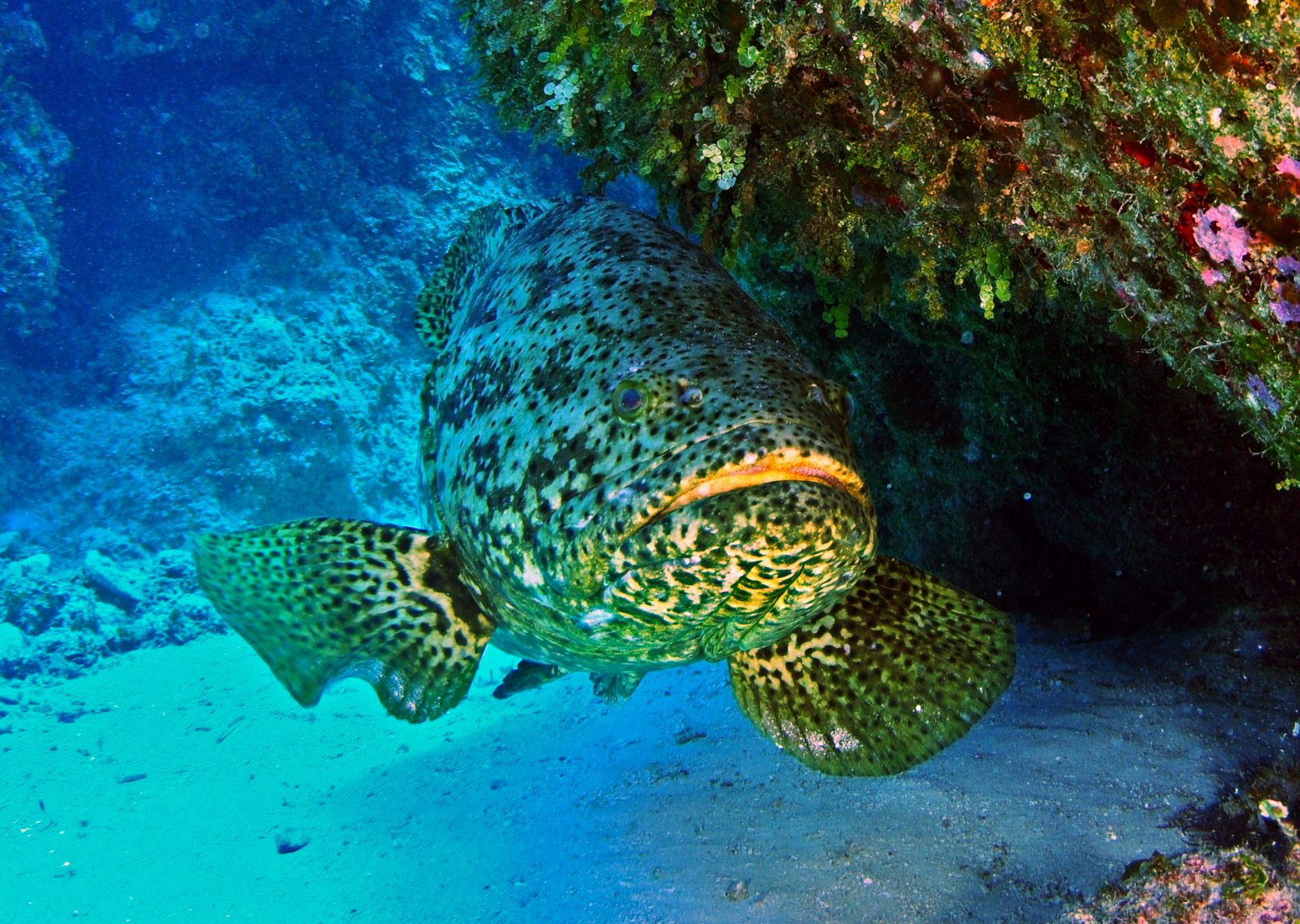
At first glance, sex change might seem like nature’s wildest gamble. But there’s a cunning evolutionary logic behind it. In the crowded world of coral reefs, reproductive success depends on size, dominance, and social structure. For clownfish, being the largest female means controlling the group and producing the most eggs, while smaller males compete for the chance to become the next matriarch. For wrasses and groupers, switching from female to male allows the largest individuals to fertilize the eggs of multiple partners, maximizing their genetic legacy. By flipping the sex switch, these fish can seize the best reproductive opportunities as they arise—an unbeatable strategy in a cutthroat underwater world.
The Social Triggers: A Drama of Power and Opportunity
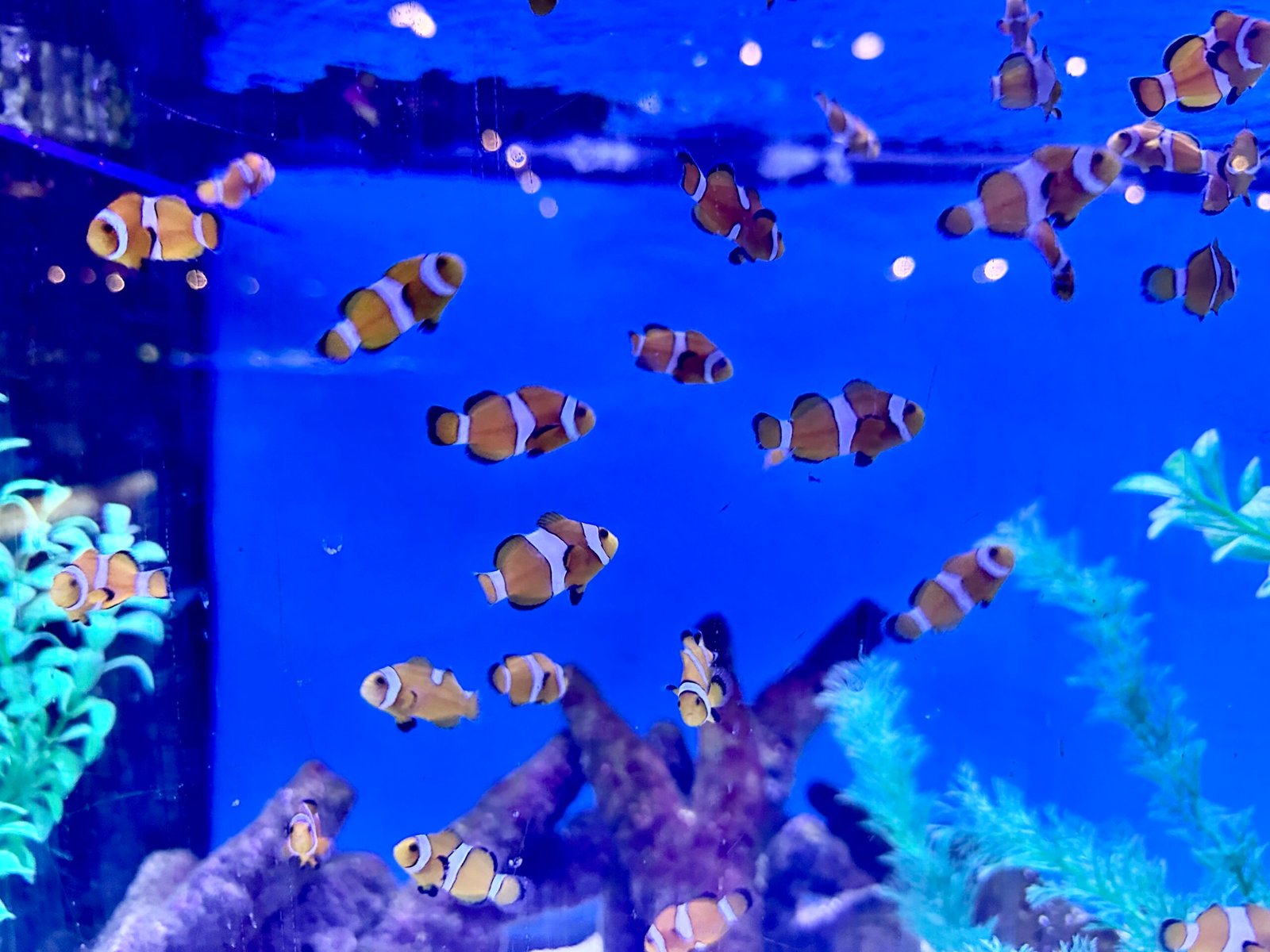
Sex change in fish is not just a solo act; it’s deeply entwined with social cues and hierarchies. In many species, the presence or absence of dominant individuals determines who transforms. For example, when a dominant female clownfish dies, the largest male senses the power vacuum and his body responds almost instantly. The process is guided by chemical signals—pheromones and hormones that travel invisibly through the water, setting off the transformation. This social drama ensures that there is always a breeding pair ready to keep the population going, no matter what happens in the treacherous world of the reef.
Hormones: The Movers and Shakers of Change
Hormones are the chemical messengers that make sex change possible. Testosterone and estrogen—familiar names from human biology—take center stage in this aquatic transformation. When a fish’s social status shifts, its brain signals the gonads to alter hormone production. The surge or drop in hormones triggers the physical changes: testes shrink and ovaries grow, or vice versa, and secondary sexual traits like coloration or body shape shift accordingly. Scientists are still unraveling the precise interplay of these hormones, but it’s clear they are the unsung heroes of this natural spectacle.
Case Study: The Bluehead Wrasse
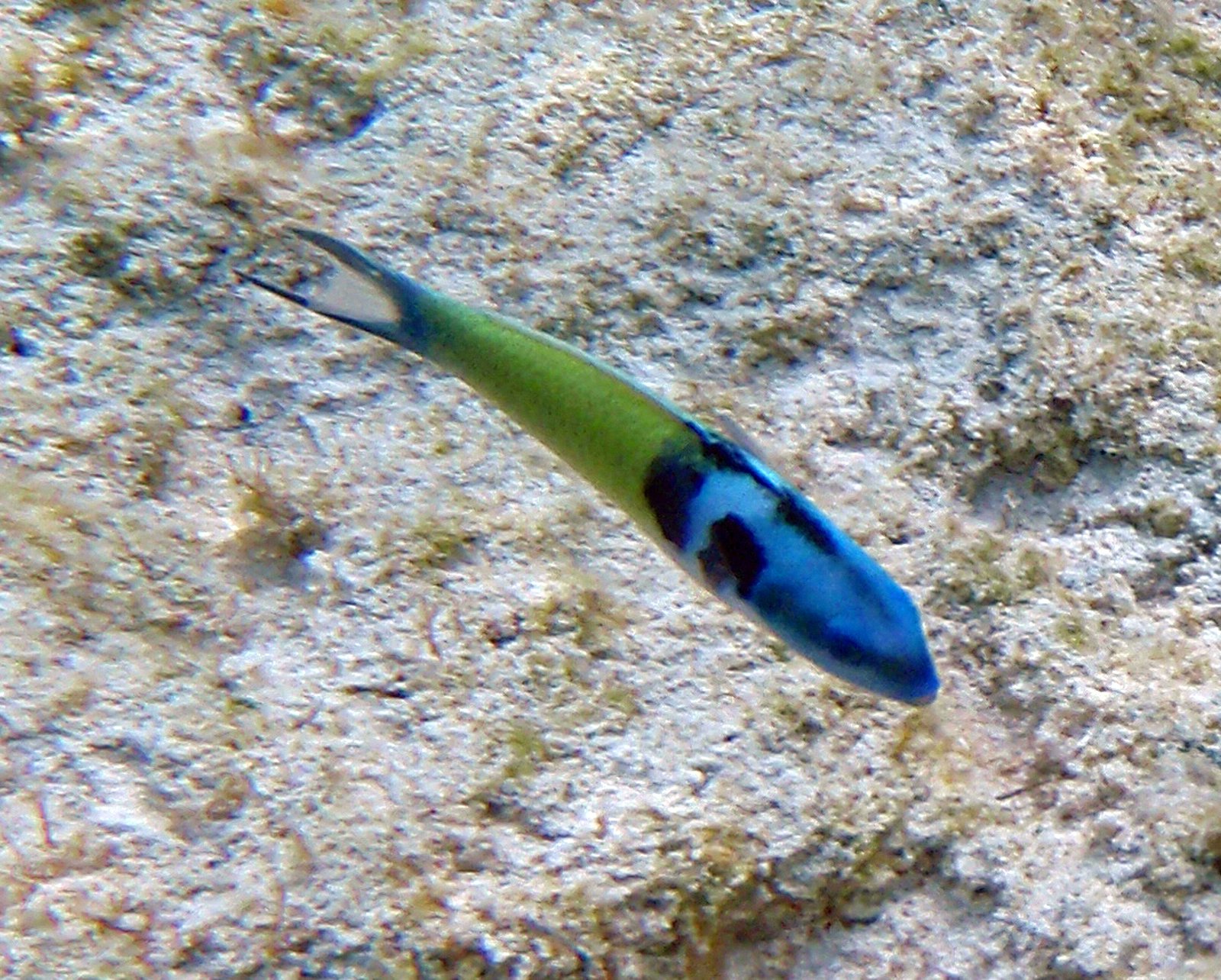
The bluehead wrasse, a jewel-toned fish found in Caribbean reefs, is a textbook example of sex change in action. Most bluehead wrasses begin life as females, but when the dominant male disappears—whether through predation or old age—the largest female quickly transforms into a male, complete with new colors and behaviors. This change is so rapid that researchers have observed the transformation happening within just a few days. The new male immediately claims the territory and begins courting females, ensuring that the group’s genetic line continues without missing a beat.
The Role of Environment: More Than Just Genetics
While genes and hormones are crucial, the environment also plays a powerful role in sex change. Population density, food availability, and even temperature can influence when and how these transformations occur. In some species, sex change is more likely when there are too few males or females in a given area, ensuring the group always has a balanced reproductive team. This flexibility allows fish to respond to changing conditions with incredible speed, a vital skill in the ever-shifting world beneath the waves.
Implications for Conservation and Science
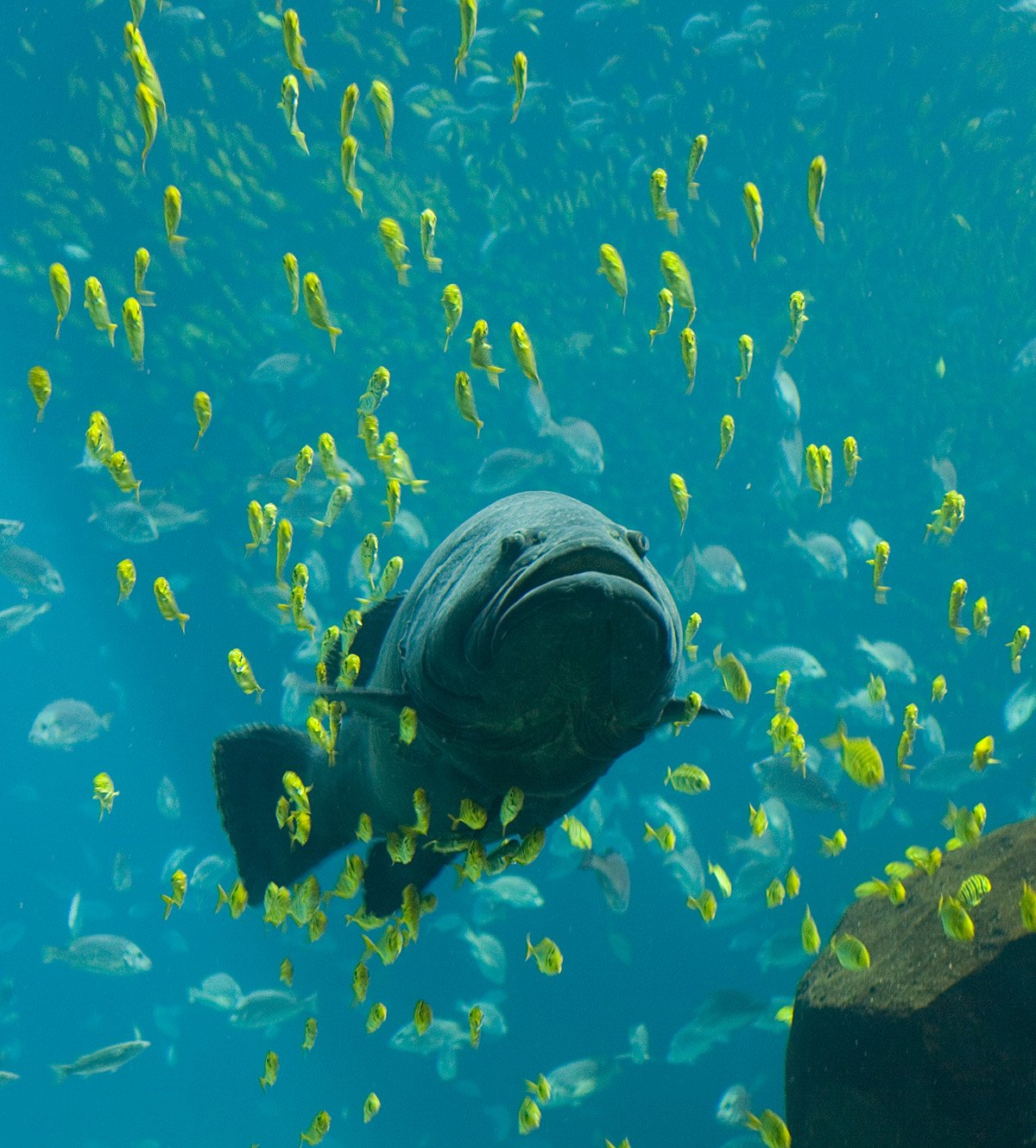
Understanding how and why fish change sex isn’t just a scientific curiosity—it has major implications for conservation. Many of these species are vital to the health of coral reefs, and overfishing can disrupt their delicate social structures. Removing too many large individuals, for example, can prevent the sex change process from occurring, leading to population crashes. Conservationists are now using knowledge of fish sex change to design more effective marine reserves and management plans. Meanwhile, scientists are eager to apply insights from these fish to broader questions about genetics, hormones, and even potential applications in medicine.
What This Teaches Us About Life’s Endless Possibilities

The story of these fish is a vivid reminder that life is far more adaptable—and astonishing—than we might imagine. The ability to change sex at will challenges our assumptions about biology and identity, blurring the lines we often take for granted. In the end, these aquatic shape-shifters show us that nature’s creativity knows no bounds. Their genetic masterclass in adaptability is not just a marvel of evolution but an inspiration for anyone who has ever faced the need to change, adapt, or reinvent themselves. In a world that never stops shifting, isn’t it amazing to know that life, at its most fundamental level, is wired for possibility?



